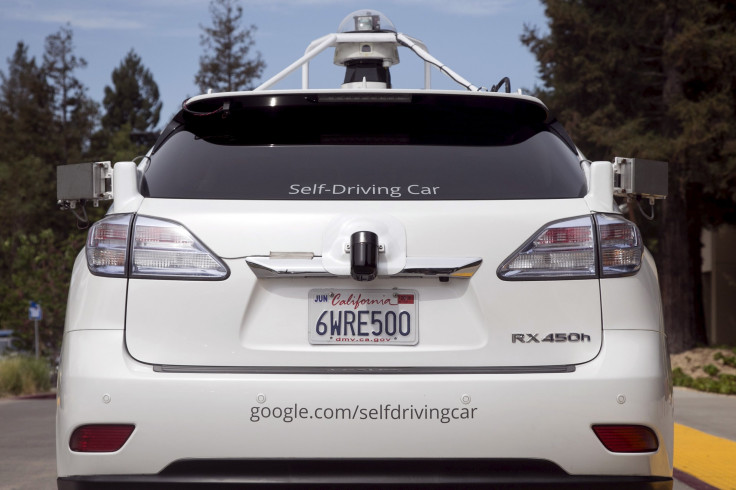Driverless Car Laws In California Get Major Changes In September

California transportation authorities made two major changes in their policy on autonomous vehicles. The state, which is already relatively progressive with its laws for self-driving automobiles, continues to be a leader in adopting policies that give companies testing driverless cars more latitude.
The first change, a new bill signed into law on Sept. 29, gives the Contra Costa Transportation Authority permission to test a pilot project on public roads without having a driver behind the wheel. Prior to this, the state only allowed public road testing if a human driver was in the driver’s seat and “capable of taking immediate manual control of the vehicle in the event of an autonomous technology failure or other emergency.”
The bill requires the autonomous vehicles to be insured for $5 million, for the self-driving automobiles to not exceed 35 miles per hour on the road, and for testing data to be shared with the government and while placing geographic restrictions. Testing can only take place at two locations: at a former Concord Naval Weapons Station and current autonomous-vehicle testing facility, and at the San Ramon Bishop Ranch office park. Companies like Honda and Otto Motors test vehicles at the former naval facility.
The second change, revised draft regulations released by California’s department of motor vehicles on Sept. 30, can potentially change how all self-driving vehicles are tested in the state by rolling out the privileges given to the aforementioned pilot program. Should the law pass—a public hearing is scheduled on Oct. 19 in Sacramento—it will allow car manufacturers to test vehicles deemed safe by the federal government on public roads without licensed drivers. Instead of having a driver in the vehicle, the newly proposed regulations require that a test driver has two-way communication with a vehicle.
The original version of the regulations required a third-party to test self-driving cars. The new version gives permission to any vehicle that abides by the federal government’s 15-step assessment released last week.
The 15-step assessment is one part of the U.S. Transportation Department’s (DOT) 112-page federal proposal featuring a four-part policy—created in consultation with experts in the field, state governments, safety advocates and more—on how to regulate the emerging technology. The assessment provides guidelines for safe design, development, testing and development of self-driving cars. The various points include how vehicles are tested, what safeguards are in place if systems fail, whether or not data will be available for crash reconstruction and how the cars will abide by traffic rules.
By complying with the assessment, says the DOT, carmakers and developers can “bring lifesaving technologies to the roads safely while providing innovators the space they need to develop new solutions." According to the DOT, the goal of the policy is to provide car makers with a framework.
“Automated vehicles have the potential to save thousands of lives, driving the single biggest leap in road safety that our country has ever taken,” said U.S. Transportation Secretary Anthony Foxx in a statement. “This policy is an unprecedented step by the federal government to harness the benefits of transformative technology by providing a framework for how to do it safely.”
The new federal guidelines are not official and cannot be enforced by federal law. Instead, they are suggestions. But, as in the pending case of California, the guidelines can potentially be the law should individual states sign it into legislation.
According to Foxx, the federal policy will be updated on an annual basis with input from the public.
“Public input has been essential to getting this right. There has been a strong call from state and local governments, industry, safety experts, mobility advocates, and average Americans to establish a clear policy for the deployment of automated vehicles on our roads,” said Foxx. “There are huge upsides and significant challenges that come with automated vehicle technology, and we will continue the conversation with the public over the coming months and years as this technology develops.”
© Copyright IBTimes 2024. All rights reserved.












